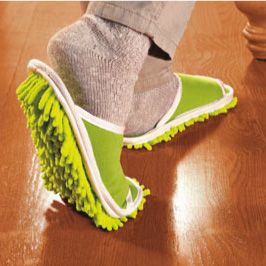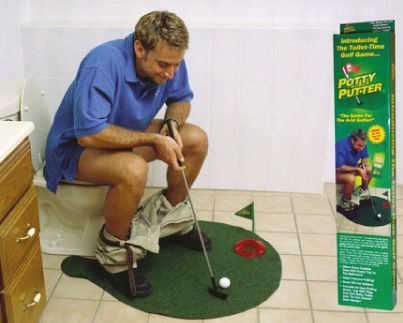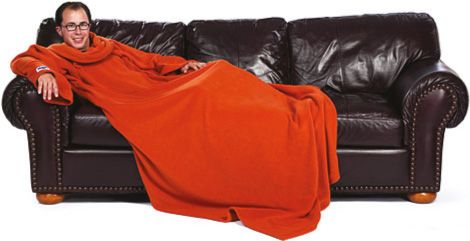2nd Prize E3D Writing Comp – Glenn Dwyer
7 Practices of a Good Product Designer
Article by Glenn Dwyer as part of the E3D Industrial Design Writing Competition – @embody3d – 05.09.2010
Industrial Design is an incredibly difficult field for a budding designer to cut their teeth in to, learning to persist with the many facets of failure. This may occur numerous times before noteworthy success is achieved and the possibility that a product may be flat out rejected or reduced to a shadow of its former self is a reality only too familiar to some designers.
This crippling experience has a profound effect on those it taints leaving some to endure the process until attaining success while others disillusioned with their elusive vision of accomplishment, head down the dark path of notoriety, creating products of waste, redundancy and laziness.
Such products are so awful they could be manifested in the very bowels of ‘designer hell’ itself, unleased upon an unsuspecting public to insult our intelli- gence, our role as consumers and our capabilities as human beings.
There are many cardinal rules a good product designer must uphold and traits they must possess in order to avoid such calamites for public consumption. Contained within this booklet are several practices as well as product examples to provide better clarity.
1. A good product designer should not solely rely upon clever marketing
A good product to some extent should become successful by the merits of the product, not the marketing in which it is sold. Occasionally, clever products will be accompanied by clever marketing, but for every hit there is a hundred misses and consequently the market becomes saturated with worthless products specifically to cater for functions that existing products competently perform, if not better.
One such example to violate this rule and gain cult status due to clever marketing is the Snuggie, a piece of attire labelled as a ‘sleeved blanket’.
The Snuggie: Replacing the front line in seduction wear. It was this effective marketing that caused consumers everywhere to scramble for the phone and purchase essentially what was a backwards dressing gown. And while marketing executives lined their pockets with sweet, sweet cash, wearers of the Snuggie were provided the affordances of social ostracism and a vague likeness to a member of Gregorian Chant.
Designers should take heed that they can only ride the wave of product novelty for so long before their competency as a good product designer is inevitably questioned.
2. A good product designer addresses the issue of sustainability
With sustainable practices finding a much more prominent place in design discussion there is a great scrutiny on the materials, recyclability and packaging of products. Good designers in the future should embrace the challenge of designing a product that honours these principles.
A wonderful example to illustrate unsustainable packaging is Tic-Tac Silvers. While each of the pieces is individually wrapped in silver foil, making it applicable for recycling the very energy put into producing this material is wasteful and unnecessary.
Why couldn’t it be packaged or labelled with a re-embodiment of the standard Tic-Tac box?
The fun of candy is re-imagined as 1,800 pieces to painstakingly unwrap.
3. A good product designer provides value to a product’s function
The basis of good product design starts with serving the function for which the item is intended. The product must faithfully fulfil its function and any additional features should not hinder the primary function.
A failure in product function could not be portrayed more accurately than the ‘Slip- per Genie.’ In no way does it purposefully justify its laughable design; it has no foot support, dirt caught in the bristles would provide a breeding ground for dust mites and other bacteria and users would be reduced to comically shuffling across the floor in an attempt to clean the entirety of their designated floor space.
 The Slipper Genie: Only handy for perfecting your moonwalk technique.
The Slipper Genie: Only handy for perfecting your moonwalk technique.
This product clearly won’t be competing with the standard mop any time soon and it goes without saying that if a product can’t provide value to a function or at least perform efficiently, then it probably has no standing in the marketplace.
4. Is aware of the context in which the product will be used
Cultural sensitivity is very important with any product. Not only must it perform a particular task, but it must also relate to the behavioural patterns of the user and conform to the social norms. Some products do take off in a way nobody would imagine, such as the Sony Walkman, but that also didn’t violate the perceptions of discretion that the iJoyride has failed to address.
Simulating a galloping horse, it promises to be an effective and faithful workout ma- chine like the plethora of useless exercise mechanisms that preceded it. Those with a sense of adventure and frivolity may learn to appreciate what the iJoyride can offer as only a generic experience can, sans the enjoyable situational elements like fresh air, the outdoors and creating a bond with an actual horse.
 The iJoyride: Demonstrated with riding gear so as not to be easily confused with competitive pie eating or playing air guitar.
The iJoyride: Demonstrated with riding gear so as not to be easily confused with competitive pie eating or playing air guitar.
The context of the mechanism also clearly reflects poor foresight as the rhythmi- cal grinding of one’s pelvis on the machine would no doubt attract the gaze of mortified onlookers.
5. A good product designer understands the needs of the end user as well as the purchaser
This rule could not be better exemplified than by accessories for pets. Product designers appointed in creating accessories for animals draw a very fine line between what is necessary and what is superfluous. A good designer exercises great caution before embarking on a course of prod- uct design that may hold them personally accountable for demeaning masses of family pets.
 Demoralised: Animals pictured effortlessly display a harrowing story of humiliation and contempt.
Demoralised: Animals pictured effortlessly display a harrowing story of humiliation and contempt.
6. A good product designer addresses a worthwhile need
Product designers are creative problem solvers and sometimes in a misguided attempt to address an unfilled niche, they make the monumental mistake of prioritising novelty over function.
Sure, there is a market for products there to merely entertain, but to the point that a product overrides the original or integral ritual must be carefully monitored. Consequently the production of these novelty items tends to forgo factors like longevity, sustainability and innovation in order to make a quick profit. The result is a saturated market of useless and wasteful items fortifying a throwaway attitude.
 Motorized Ice-cream cone; or more endearingly known as ‘landfill’.
Motorized Ice-cream cone; or more endearingly known as ‘landfill’.
The motorised ice-cream cone is a product that not only breaches this rule but could easily be construed as an affront to the design profession itself. This product clearly assumes the consumer is too lazy to rotate their own ice-cream, speaking volumes about the designer as much as the person who purchases it. Additionally the requirement of AA batteries to power a menial task further adds insult to injury.
7. A good product designer aspires to make the world a better place
Throughout the course of their lives, every designer hopes to one day gain recogni- tion for developing products that helped change, improve or assist in making a posi- tive impact on the world.
A good product designer can proudly associate their name to their life’s work leaving their legacy to be characterised by the catalogue of products they leave behind.
If a designer’s professional highlights include designing a miniature golf kit for use while indisposed with ablutions, a reassessment of their career direction may urgently be needed.
 Potty Putter: Only through the wondrous application of design, could humanity transcend to such dazzling heights.
Potty Putter: Only through the wondrous application of design, could humanity transcend to such dazzling heights.
The potty putter raises many, many disturbing questions, the most paramount being how it was green lit for production in the first place.
The ability to practice as a design professional is regarded by many to be a privilege and should be seen as such.
The ideal product designer should put more focus towards providing meaningful design solutions and putting less thought towards combining recreational sports with the disposal of bodily waste.
b6feafcf71624cf587196f167c8a7955



